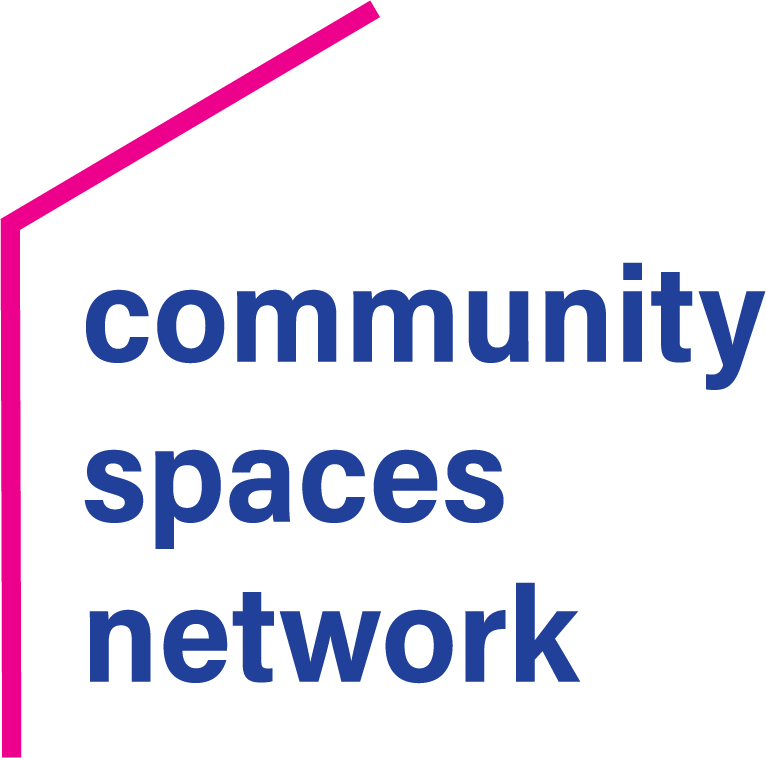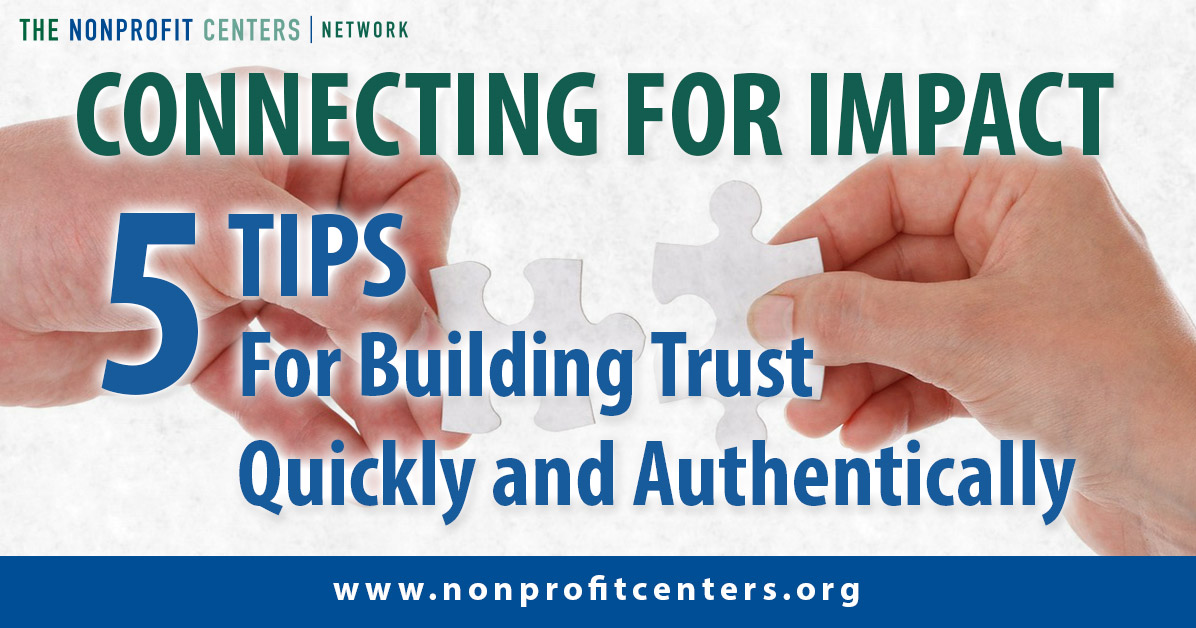For many years, I’ve believed that building the trust necessary for collaboration takes time – weeks, months, maybe even years. While at the Stanford Social Innovation Review’s institute on Network Leadership, a presentation by David Sawyer and David Ehrlichman of Converge for Impact shook loose my perspective on the subject. Over the course of a two-hour session, I and over 300 participants were led through a series of exercises focused on what we could do to build trust for impact in our own networks. At the end, I was surprised, not only at what had been shared with me, but also at what I had shared with others, and how quickly we had found common ground upon which to build. Here are my top take aways from the session:
- Find an independent facilitator. Most of the exercises we worked through we surprisingly simple, but they weren’t something I would have typically done without being asked to share openly and honestly with someone else.
- Shift the context. The vast majority of institute participants were visiting Stanford for the first time. Being in a new context allowed us to suspend our typical judgements. You don’t have to fly half way across the country to see this impact – even taking your local collaborative to a rooftop patio or a community park may help make people more receptive to ideas.
- Connect on a personal level. Most of the time we only see people’s external context – the story that they wear on their sleeve or their organizational and title. To build trust, you have to learn a person’s internal context – their inner motivations, their defining experiences, and what has shaped their worldview. At the institute, we were asked to spend three minutes telling the story of the life events that brought us to who we are today to two other people, whose only job was to listen and then share one thing that resonated with them. As the three of us took turns sharing, I was able to see so many commonalities that weren’t present at face value.
- Create safe spaces for authentic conversations. No matter how close we play our cards to our chest, people can sense when you aren’t being authentic, and that can be one of the biggest barriers to collaborating for impact. Ensuring that there are ground rules and a clear process for participants to share will create a safe space. Only when people are sharing authentically will they be able to create impact.
- Ask great questions. Too often, community leaders lay out a plan for action without taking the time to think about the advice they need or the questions they need to ask. Much of the progress we made as a group came from the thoughtful questions and discussion prompts posed by the facilitators. Great facilitators take the time to think about how a question might trigger conversation to unfold.
If you want to learn more about Converge for Impact’s approach to building trust, check out the article “The Tactics of Trust” (https://ssir.org/articles/entry/the_tactics_of_trust) that was published in the winter edition of the Stanford Social Innovation Review.

